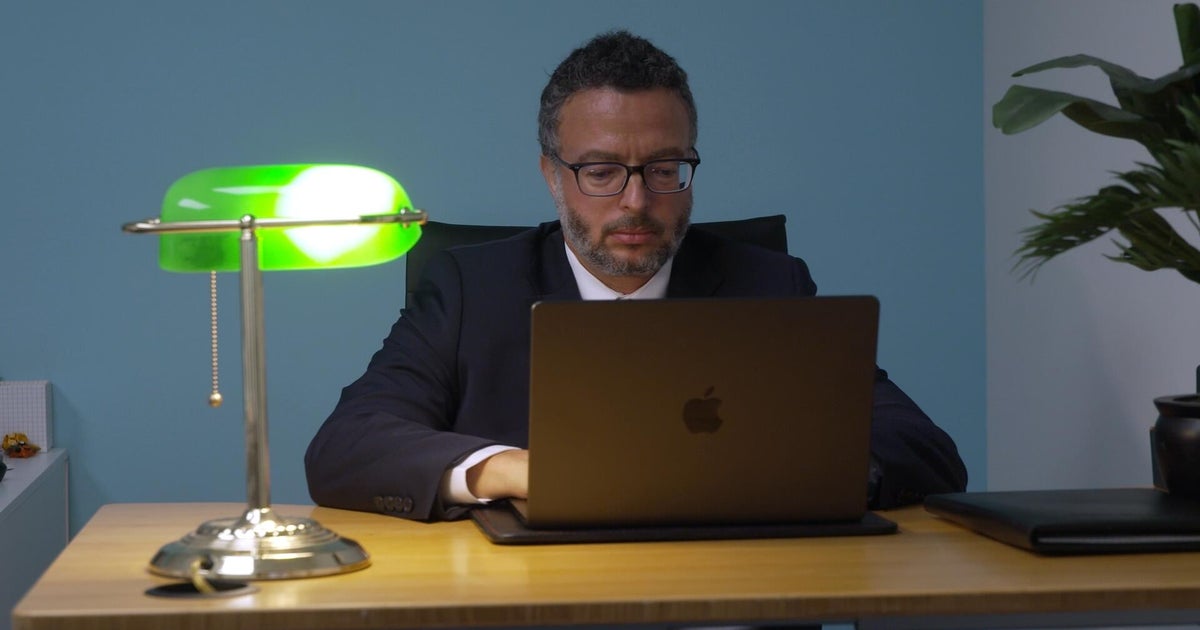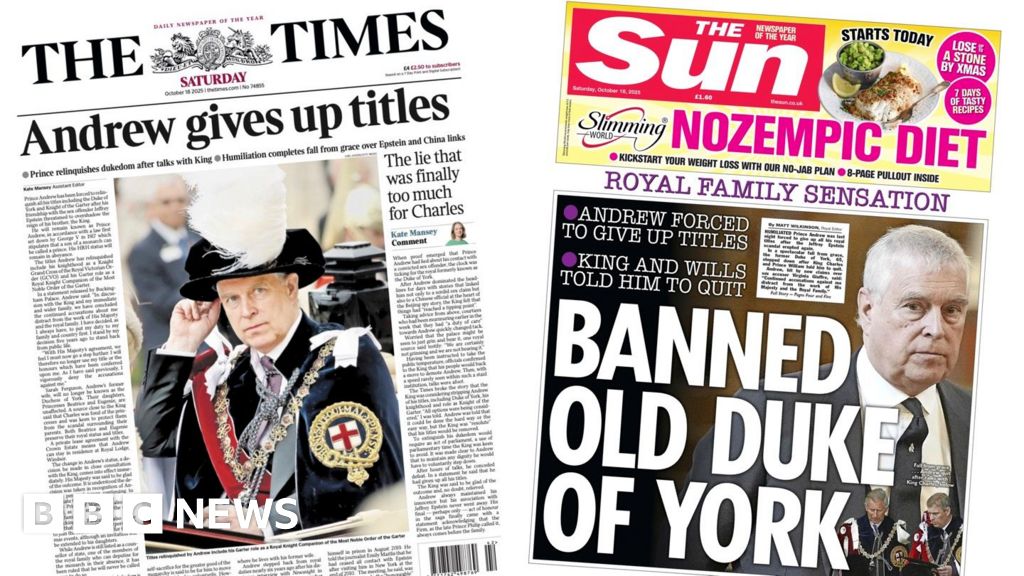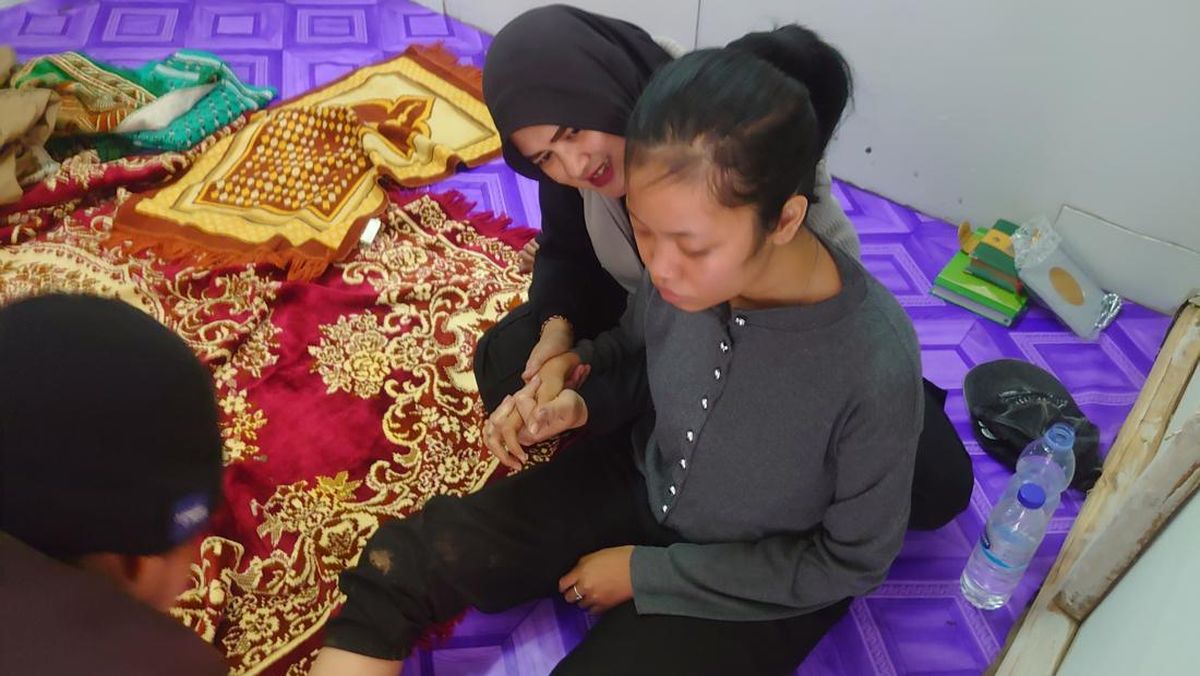Opinion
October 18, 2025 — 5.01am
October 18, 2025 — 5.01am
Somewhere in our early fifties, the conversation about super stops being something we can ignore. It’s no longer a problem for our future self. It starts to feel close, real, and awfully personal. Many of us begin doing quiet maths in our heads:
“Have I saved enough? Am I where I should be?” Then we see headlines saying Australians need half a million in super to retire comfortably, and we feel a pang of doubt.

Super looking a little small? Don’t fret – there are plenty of ways to save your retirement.Credit: Simon Letch
The reality is that most people in their fifties or early sixties have far less than that, and it doesn’t make them unable to retire. It makes them typical Australians approaching retirement.
The latest ATO data shows the median super balance for Australians aged 60-64 is $219,773 for men and $163,218 for women. For people aged 50-54, the figures fall to $177,194 for men and $122,150 for women.
These figures from the 2022-23 financial year represent the real middle ground of Australian retirement. Half of people have less, and half have more. If you’ve been comparing yourself with the glossy headline numbers, it’s easy to feel like you’ve fallen short. But in reality, these balances can still be a solid foundation, especially if you start acting early and build a plan around what you have.
When you stop letting fear or shame keep you from engaging with your super, your balance becomes the starting point for a strong final decade of earning, contributing and investing.
Real retirement planning isn’t about hitting a magic figure, it’s about understanding how your super turns into regular, reliable income.
Even on the lower side, it can still form a critical income layer alongside the age pension. Remember, those high “average” balances are skewed by a few very wealthy households. Most Australians sit comfortably below them, and that’s nothing to be embarrassed about.
What matters isn’t how you compare, it’s how you use what you’ve got to build a retirement that feels secure, flexible and full of purpose. So if this is you, what can you do next?
The first step is to stop seeing your super as a scoreboard, or a bucket you’ll one day empty in big chunks. Instead, learn how to turn that lump sum into a steady income stream for the years ahead.
Real retirement planning isn’t about hitting a magic figure, it’s about understanding how your super turns into regular, reliable income, and how much you can draw without running out.
That means learning how the layers of retirement income fit together. You might qualify for the age pension, and you might be able to draw about 4-6 per cent from your super each year in good market conditions without your balance shrinking. Combined, those two sources can create a surprisingly stable base, even if your balance isn’t large.
Then start thinking about retirement as a household (if you can), rather than as an individual. Most people retire as couples, not solo savers. Super, the age pension, other savings and part-time income all blend into one shared picture across two people.
When you think in terms of household income, the story changes. A couple with $400,000 in combined super and access to a part pension might enjoy a higher annual income than a couple with twice that amount but no pension support.
Loading
If you’re single, the same principle applies. You’re still layering your income sources and planning for what they allow you to do – where you’ll live, what you’ll spend, and how you’ll stay connected and supported.
Most people don’t realise that smaller super balances can hit a sweet spot in the system where super and the age pension work together to create a healthier income rather than cancelling each other out.
At present, since the September 2025 age pension changes, a home-owning couple can have up to $481,500 in combined assessable assets (excluding their home) and still receive the full age pension of $46,202 a year, tax-free. Add a 4-5 per cent drawdown from super, say $18,000 drawn from a $400,000 balance, and your total annual income could sit just over $64,000.
That’s the “sweet spot” in action. You’re not over the assets test threshold that reduces your pension, and you’re not entirely reliant on the age pension either. You’re blending two income sources – the stability of the age pension and the returns from your super – in a way that delivers steady, sustainable income.
In fact, many couples with $300,000-$500,000 in combined super end up with higher disposable income than couples with twice as much in super, who see their pension tapered heavily, and may only get a small part-pension, or if they breach the cap of $1,074,000 for a homeowning couple, stop getting the pension altogether.
For singles, the story is similar. A single homeowner can have up to $321,500 in assets and still receive the full pension, or up to $714,500 and still get a part pension.
Someone with $350,000 in super could receive nearly the full age pension, which today sits at $30,646 a year, tax-free, and they might choose to draw 4-6 per cent (about $16,000) from their super. That’s roughly $46,000 a year, before any extra investment or part-time income.
Then there’s housing, which is another big lever in your mid-fifties. After decades of paying down a mortgage, your home is for many, your biggest asset. Stopping to think about whether it still suits your next stage of life is worth doing.
If you decide to downsize after 55, and you’ve owned and lived in your home for at least 10 years, you can contribute up to $300,000 from the sale proceeds directly into super, tax-free. Couples can each contribute $300,000, getting up to $600,000 extra in super tax-free, in one go.
For many, this becomes the bridge between “just enough” and financial comfort – and unlocking that equity tied up in their home, choosing to live in a smaller, more suitable house, and building up their super, can make all the difference.

Saying goodbye to the family home is probably better for your peace of mind and finances.Credit:
Downsizing isn’t right for everyone, but it is a strategy that’s available. And knowing the rules means you can use one of your biggest assets sensibly, not sentimentally.
My ultimate message is this: if your balance is below the averages, it’s not all bad. You don’t need to hide your super statement or feel ashamed. You just need to get active.
Understand how the system supports you, use the levers available, and start shaping a retirement that fits your life, not fearing it because you’re under an average that most Australians never reach anyway.
Bec Wilson is author of the bestseller How to Have an Epic Retirement and the newly released Prime Time: 27 Lessons for the New Midlife. She writes a weekly newsletter at epicretirement.net and hosts the Prime Time podcast.
- Advice given in this article is general in nature and is not intended to influence readers’ decisions about investing or financial products. They should always seek their own professional advice that considers their own personal circumstances before making financial decisions.
Expert tips on how to save, invest and make the most of your money delivered to your inbox every Sunday. Sign up for our Real Money newsletter.
Most Viewed in Money
Loading


















































